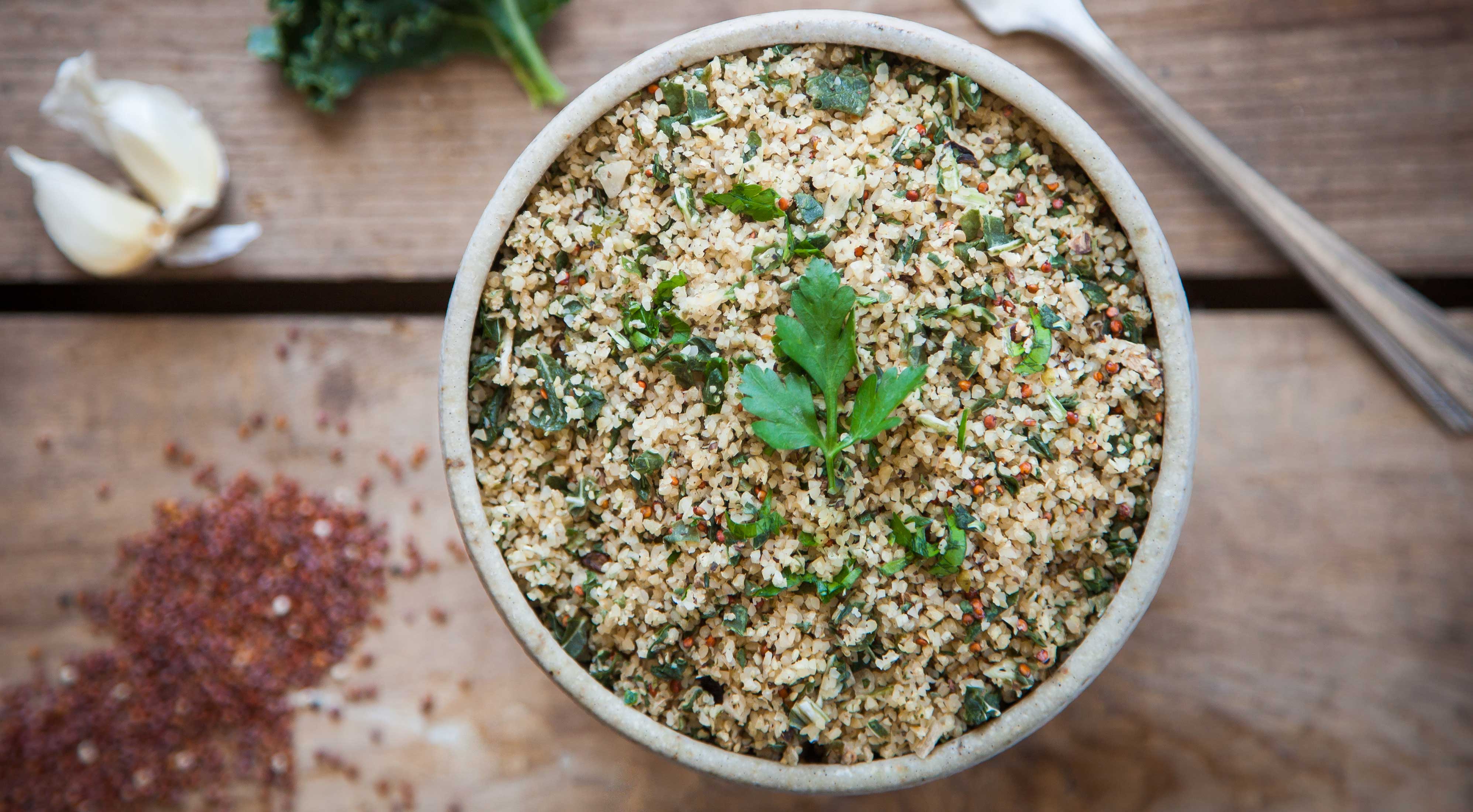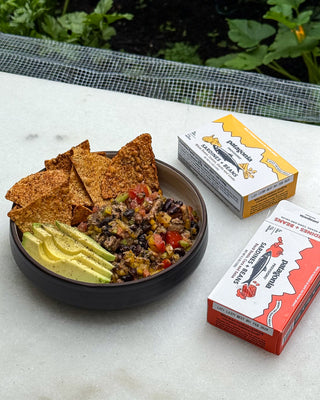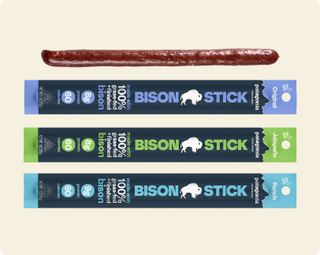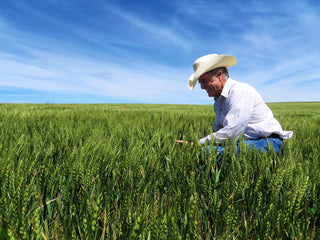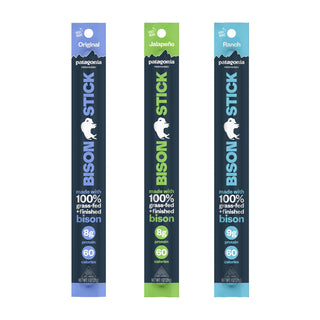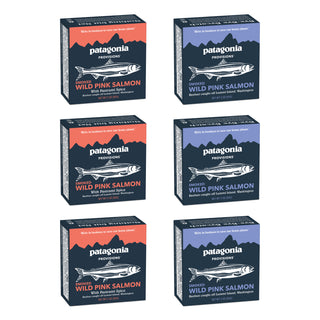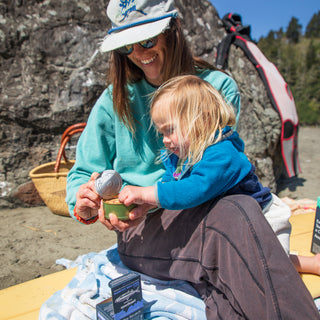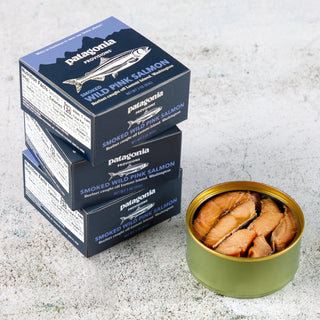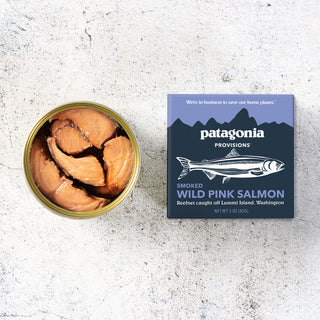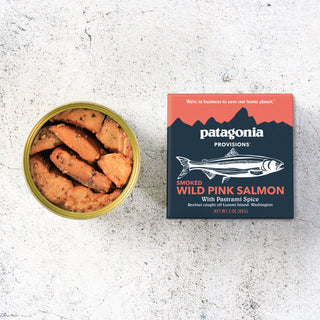In the mid-1980s, whole wheat pasta was pretty terrible. Gritty. Grainy. Bitter. It scratched the back of your throat. The reason for this was that modern varieties of wheat had been bred to produce extremely hard bran—the fibrous part of the grain that formed its outer coating—so that it would be easy for roller mills to flake it off. The assumption was that the wheat was going to be fortified and eaten as white flour, white bread, Twinkies, mac and cheese from a box—the staples of the contemporary American diet. The bran wasn’t bred to be nutty or flavorful or nutritious; it was bred to be readily discarded.
When people started getting concerned about the nutritional value they were losing by flaking off the bran, they tried to put it back. That was the idea with conventional “whole wheat,” as opposed to stone milling. Go ahead and refine away the bran and germ and then try to put some of it back later. But when you put the bran back later on, the sum of the parts never did equal the whole, nutritionally speaking. And unless you really pulverized that bran, you had a texture problem. It was hard as a rock and splintered like glass.
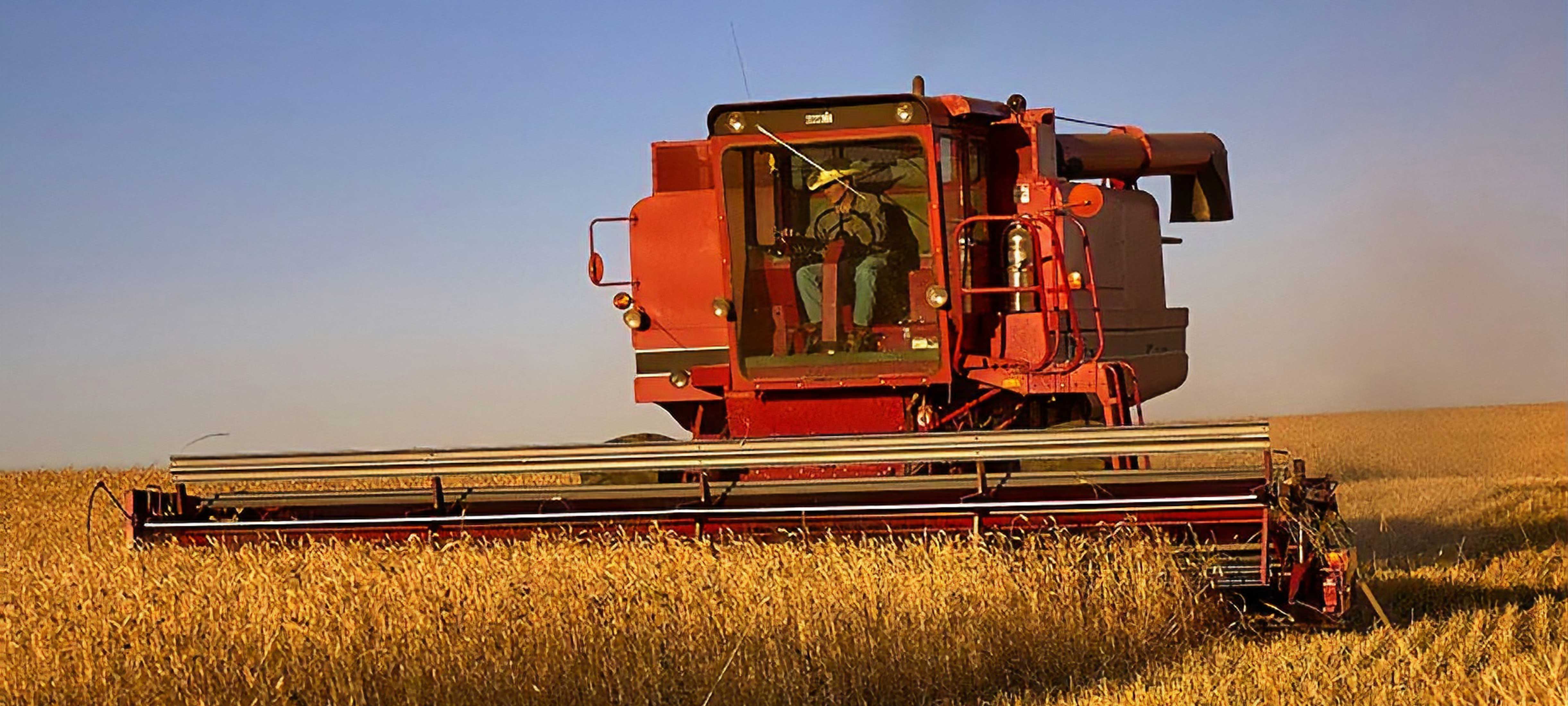
Royal Angelus [Macaroni Company] wanted to make whole wheat pasta more appetizing, so they were trying all sorts of different experiments to fix the texture. Bob Anderson [one of our customers at Montana Flour & Grain] figured they might want to give our ancient [stone-ground] wheat a try…he found himself being chased down by Santo Zito, the Sicilian-born artisan who ran Royal Angelus’s test kitchen and managed pasta production. Santo knew about ancient wheat from his relatives in Sicily, who’d given him seeds from older varieties that looked similar to the ones we were growing.
Over the course of the next week, Santo transformed the grain into pasta, grinding it into flour and then experimenting with just the right ratio of water and flour to create the perfect dough. When he cooked up his initial batch of ancient wheat macaroni, the first thing that struck him was the pungent aroma that filled the room. But even more remarkable was the consistency of the pasta when he put it in his mouth. It was smooth. Almost silky.
When Santo thought about it, it wasn’t hard to understand why. Here was a wheat that preceded all the aggressive breeding for hard bran. It was meant to be eaten whole.
Once Santo gave his boss a taste of the new ancient wheat pasta, Royal Angelus promptly introduced it into the product line. … My dad took some too, and he gave it to a good friend of ours, Laura, who had very severe environmental sensitivities
When I say “severe” … She couldn’t tolerate chemicals at all. Her muscles would stop working, and if it got bad enough, she would collapse. She couldn’t be around anyone wearing perfume or cologne. And she had to be very careful about what she ate. … so I guess my dad thought she might appreciate a box of pasta made from wheat that was grown without the use of chemicals. Laura thought it was worth trying, so she decided to take a chance on it. The next day, she called my parents’ house and asked my dad, “What is this stuff? It makes me feel better.”
It was still more than a decade before I would meet a team of researchers in Italy who would make groundbreaking discoveries about the effects of an ancient grain diet on chronic disease…But that conversation with Laura in the late 1980s was my wake-up call that growing wheat organically and leaving the grain whole wasn’t enough to recover the full value of this staple food. The most insidious way in which the staff of life had been devalued involved transformations to the seed itself, when industry breeders sacrificed all else to focus on marginal gains in yield and loaf volume. I had stumbled onto ancient wheat by chance and had initially seen it as a fun novelty crop with an intriguing legend. But Laura’s epiphany led me on a long search to understand how heritage grains—the varieties our forefarmers selected and saved—can help us recover what we’ve lost.
